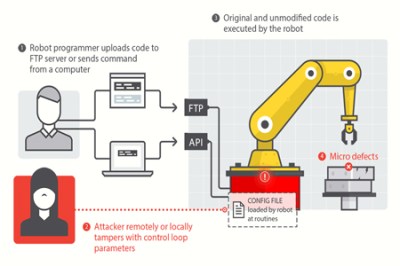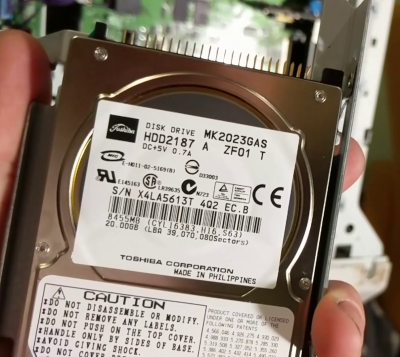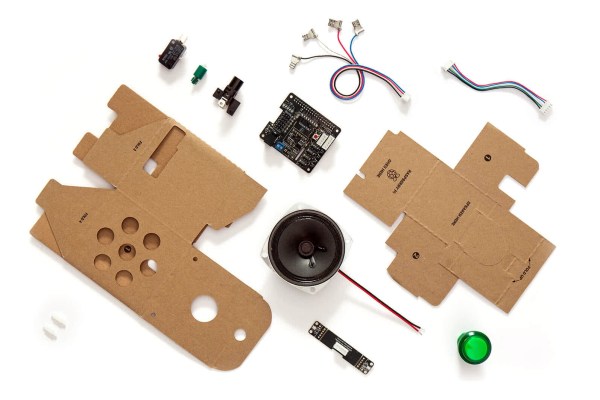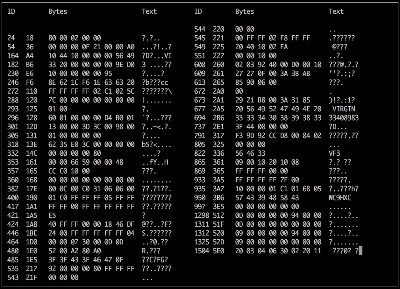Everything is online these days creating the perfect storm for cyber shenanigans. Sadly, even industrial robotic equipment is easily compromised because of our ever increasingly connected world. A new report by Trend Micro shows a set of attacks on robot arms and other industrial automation hardware.
This may not seem like a big deal but image a scenario where an attacker intentionally builds invisible defects into thousands of cars without the manufacturer even knowing. Just about everything in a car these days is built using robotic arms. The Chassis could be built too weak, the engine could be built with weaknesses that will fail far before the expected lifespan. Even your brake disks could have manufacturing defects introduced by a computer hacker causing them to shatter under heavy braking. The Forward-looking Threat Research (FTR) team decided to check the feasibility of such attacks and what they found was shocking. Tests were performed in a laboratory with a real in work robot. They managed to come up with five different attack methods.
Why are these robots even connected? As automated factories become more complex it becomes a much larger task to maintain all of the systems. The industry is moving toward more connectivity to monitor the performance of all machines on the factory floor, tracking their service lifetime and alerting when preventive maintenance is necessary. This sounds great for its intended use, but as with all connected devices there are vulnerabilities introduced because of this connectivity. This becomes especially concerning when you consider the reality that often equipment that goes into service simply doesn’t get crucial security updates for any number of reasons (ignorance, constant use, etc.).
For the rest of the attack vectors and more detailed info you should refer to the report (PDF) which is quite an interesting read. The video below also shows insight into how these type of attacks might affect the manufacturing process.












 Adding the camera was the easiest part of the exercise when he found an after-market version specifically meant for his 207 model. The original non-graphical display had to make room for a new HDMI display and a fresh bezel, which cost him much more than the display. Besides displaying the camera image when reversing, the new display also needed to show all of the other entertainment system information. This couldn’t be obtained from the OBD-II port but the CAN bus looked promising, although he couldn’t find any details for his model initially. But with over 2.5 million of the 207’s on the road, it wasn’t long before [Alexandre] hit jackpot in a French University student project who used a 207 to study the CAN bus. The 207’s CAN bus system was sub-divided in to three separate buses and the “comfort” bus provided all the data he needed. To decode the CAN frames, he used an Arduino, a CAN bus shield and a python script to visualize the data, checking to see which frames changed when he performed certain functions — such as changing volume or putting the gear in reverse, for example.
Adding the camera was the easiest part of the exercise when he found an after-market version specifically meant for his 207 model. The original non-graphical display had to make room for a new HDMI display and a fresh bezel, which cost him much more than the display. Besides displaying the camera image when reversing, the new display also needed to show all of the other entertainment system information. This couldn’t be obtained from the OBD-II port but the CAN bus looked promising, although he couldn’t find any details for his model initially. But with over 2.5 million of the 207’s on the road, it wasn’t long before [Alexandre] hit jackpot in a French University student project who used a 207 to study the CAN bus. The 207’s CAN bus system was sub-divided in to three separate buses and the “comfort” bus provided all the data he needed. To decode the CAN frames, he used an Arduino, a CAN bus shield and a python script to visualize the data, checking to see which frames changed when he performed certain functions — such as changing volume or putting the gear in reverse, for example.








